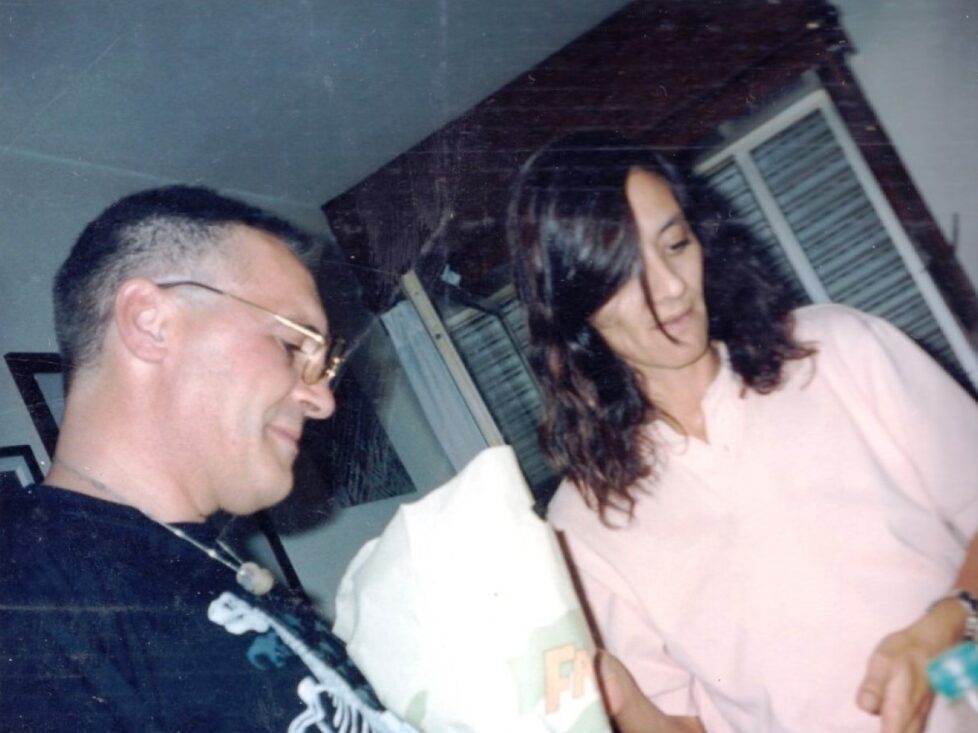Views: 1
Building a “perfect” city doesn’t mean they’ll come. You wouldn’t want to live in some of these, either.
Fonte: Little-Known Failed Utopias
Nowa Huta
SOURCE CC
WHY YOU SHOULD CARE
Because there’s a reason most utopias fail.
As far as grand visions of the future went, Ebenezer Howard’s was pretty ambitious. He wanted to build a new kind of city — one that would transform Britain for the 20th century. “Town and country must be married,” he declared jubilantly, “and out of this joyous union will spring a new hope, a new life, a new civilization.”
If this sounds a bit earnest, it’s worth keeping in mind that this was 1902. The Industrial Revolution had ravaged the U.K., making clean air and the natural world seem far removed from the smoggy, jam-packed cities. No one had yet thought of environmental policy, so Howard’s proposal represented a radical compromise: clean, socialist cities formed around green belts that focused on community. He called it a “garden city.”
UTOPIAS OFTEN COME DOWN TO CREATORS’ VISIONS OF THE FUTURE NOT MATCHING UP WITH THE PAST.
Howard’s ideas actually influenced many of Britain’s 20th-century cities, most notably Milton Keynes. Built in 1967, equidistant from London, Oxford, Cambridge and Birmingham, Milton Keynes was a chance to realize Ebenezer Howard’s utopian dream. Its 230,000-strong population today suggests success, but utopias, however well-intentioned, have a nasty habit of backfiring. In the case of Milton Keynes, just ask Terry Pratchett and Neil Gaiman, who made a point of including this footnote in their 1990 novel, Good Omens:
“Note for Americans and other aliens: Milton Keynes is a new city approximately halfway between London and Birmingham. It was built to be modern, efficient, healthy, and, all in all, a pleasant place to live. Many Britons find this amusing.”

Since Plato, people have struggled to put words to the concept of a perfect society. For Thomas More, who coined the term “utopia,” this meant a world in which every family conveniently had two slaves at their disposal. Some 1970s feminist separatists imagined colonies without men. For most people, though, utopia is just synonymous with a peaceful, equal existence. Which all sounds good in theory. But in reality, they’re often catastrophic failures.
From racist cults to anarchic free-living communes, there are a couple of big musts to keeping a utopia afloat, according to Georgia Newmarch, a researcher at Lancaster University’s Institute for Social Futures. Number one? Self-sufficiency. “Cities based on utopian values have often failed because they require a high dependency on their own infrastructures,” she says.
Just look at Octagon City. Many things could have played into the downfall of an all-vegetarian city founded in rural Kansas in 1856 — but it turned out to be the community’s sheer remoteness that did it in. Designers overestimated how resourceful their veggie settlers could be and failed to hang onto permanent residents after they provided only a single plow, log cabin and a handful of tents.

The same went for Fordlandia. Intent on getting a monopoly on South American rubber for his cars, auto giant Henry Ford decided to create his own workers’ city in the midst of the Brazilian rain forest in 1928. This bastion of American capitalism didn’t work out well, though — ironically, no roads led to Fordlandia, making it entirely dependent on its own makeshift infrastructure. Fordlandia has had a surprising jump in inhabitants over the past year, but it now looks more like an ordinary rural Brazilian town than a utopia.
Ultimately, Newmarch says, utopias often come down to creators’ visions of the future not matching up with the past. “These failed experiments in ideal living all tried to propel values that were not already present within the systems and spaces they were built,” she emphasizes.
She cites Nowa Huta, a Polish workers’ community, as the perfect example. Built just east of Krakow in 1949, Nowa Huta was meant to embody everything good about Soviet-style Communism: populated and run by steel workers, featuring equitable housing and free education. But authorities there ignored many deep-set local traditions, resulting in riots when workers weren’t allowed to put up a simple wooden Catholic cross.

Driving through Milton Keynes today, it’s possible to see how much of a difference this utopian vision can make. Streets are cut at strange, sharp angles, unlike London’s wandering roads, and the newer brick-and-steel buildings appear austere and faceless. Not at all in keeping with a past that preserved the Tower of London, Victorian row homes and chapel bridges. Milton Keynes doesn’t look very much like the rest of the U.K., which is partly why it’s become a British inside joke.
But not all utopias are destined to fail, says Newmarch. If we think of them more as “blueprints for the future” — in the case of Milton Keynes, a city where nature and people live in harmony — it’s possible to see that everything’s just a work in progress
